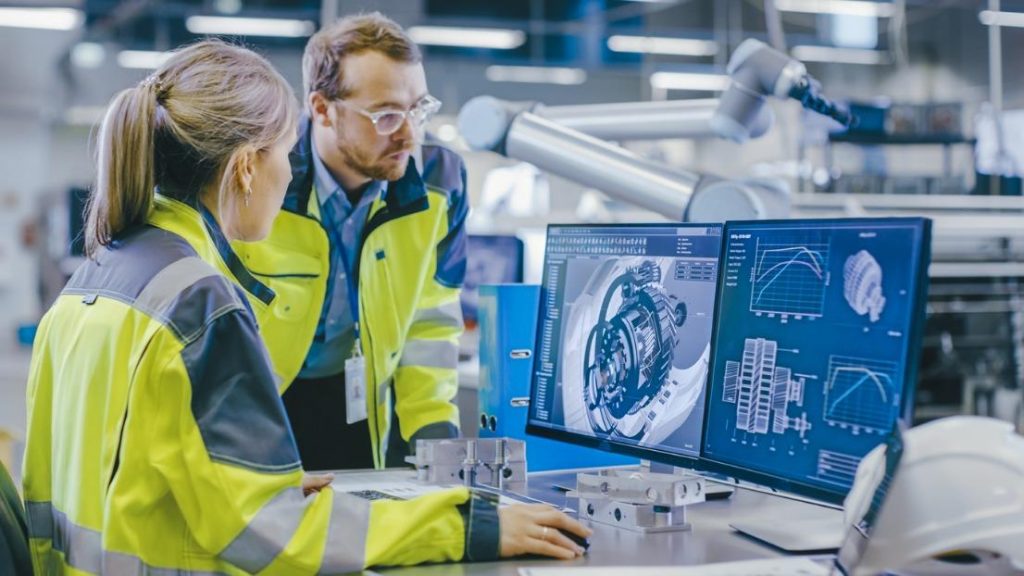When using gas springs in various applications, certain precautions must be observed to ensure optimal performance and longevity of the product. Gas springs are precision components designed for controlled motion, and their proper usage is critical to prevent premature failure and maintain functionality. Below is a detailed guide on important technical considerations for the use of gas springs:

1. Selection of Connection Points
The connection points of the gas spring should be carefully selected to allow for smooth, unrestricted movement. It is crucial that there is no obstruction or resistance at these joints. Improper alignment can cause the gas spring to malfunction, leading to uneven wear and decreased efficiency. Ensure that the gas spring can rotate freely at the pivot points without any signs of binding or sticking.
2. Avoid Lateral or Angular Forces
Gas springs are designed to handle axial loads (forces along the length of the spring) and are not meant to withstand lateral or angular forces. Applying side or transverse forces can cause bending or misalignment of the piston rod, leading to damage or compromised operation. When mounting the gas spring, ensure that the load is distributed evenly along its axis to avoid introducing undesirable stresses.
3. Leave Adequate Clearance for Piston Rod Travel
During installation, it is essential to leave an 8mm clearance at the end of the piston rod stroke. This ensures the proper functioning of the gas spring and prevents over-compression or bottoming out. If insufficient clearance is provided, it could result in excessive internal pressure or mechanical damage to the spring components.
4. Maintain Cleanliness of the Piston Rod
The piston rod should remain clean and free from dirt, debris, or corrosive substances. Contaminants can compromise the sealing system, leading to potential leakage or failure. Additionally, never use corrosive agents or harsh chemicals on the piston rod, as these may degrade the surface, causing pitting or scratching. If the surface of the piston rod is damaged, the gas spring should be replaced immediately to prevent further issues.
5. High-Pressure Component Safety
Gas springs operate under high internal pressure, and they must be treated with care. It is strictly prohibited to disassemble, puncture, or expose the gas spring to open flames or excessive heat. Such actions can result in dangerous pressure release, leading to potential injury or equipment damage. Gas springs are precision-engineered products, and any modifications or unauthorized repairs could pose significant safety risks.
6. Proper Installation Orientation
When installing a gas spring, the piston rod must always be positioned downward. Incorrect installation, such as mounting the gas spring upside down, can result in improper lubrication distribution within the cylinder and lead to uneven wear. This could compromise the performance and longevity of the gas spring.
7. Directional Adjustment of Piston Rod
If it becomes necessary to adjust the direction of the piston rod’s connection point, the adjustment should only be made by rotating the rod to the right (clockwise). Attempting to rotate the rod counterclockwise or applying excessive force during adjustment can damage internal components and impair the functionality of the gas spring.
Additional Technical Insights:
Gas springs are widely used in automotive, industrial, and medical applications due to their ability to provide controlled motion with minimal effort. They are commonly found in hatchbacks, office chairs, hospital beds, and various types of industrial machinery. Understanding the correct usage and limitations of gas springs ensures that they continue to function efficiently and safely across different operational environments.
Internal Mechanism: Gas springs typically consist of a cylinder filled with inert gas (commonly nitrogen) and oil to provide damping. The gas inside the cylinder is compressed as the piston rod is pushed inward, creating a restoring force. This simple yet effective mechanism enables gas springs to handle heavy loads while providing smooth and reliable operation.
Types of Gas Springs: There are several types of gas springs, including standard compression gas springs, tension gas springs, and locking gas springs. Each type is suited for specific applications. For example, locking gas springs allow for positioning and locking in place at any point along the stroke, making them ideal for adjustable furniture or medical devices.
In summary, ensuring that gas springs are installed and used according to these technical guidelines will enhance their performance, safety, and durability. Proper maintenance, such as keeping the piston rod clean and avoiding lateral forces, will contribute to longer service life and more reliable operation.

